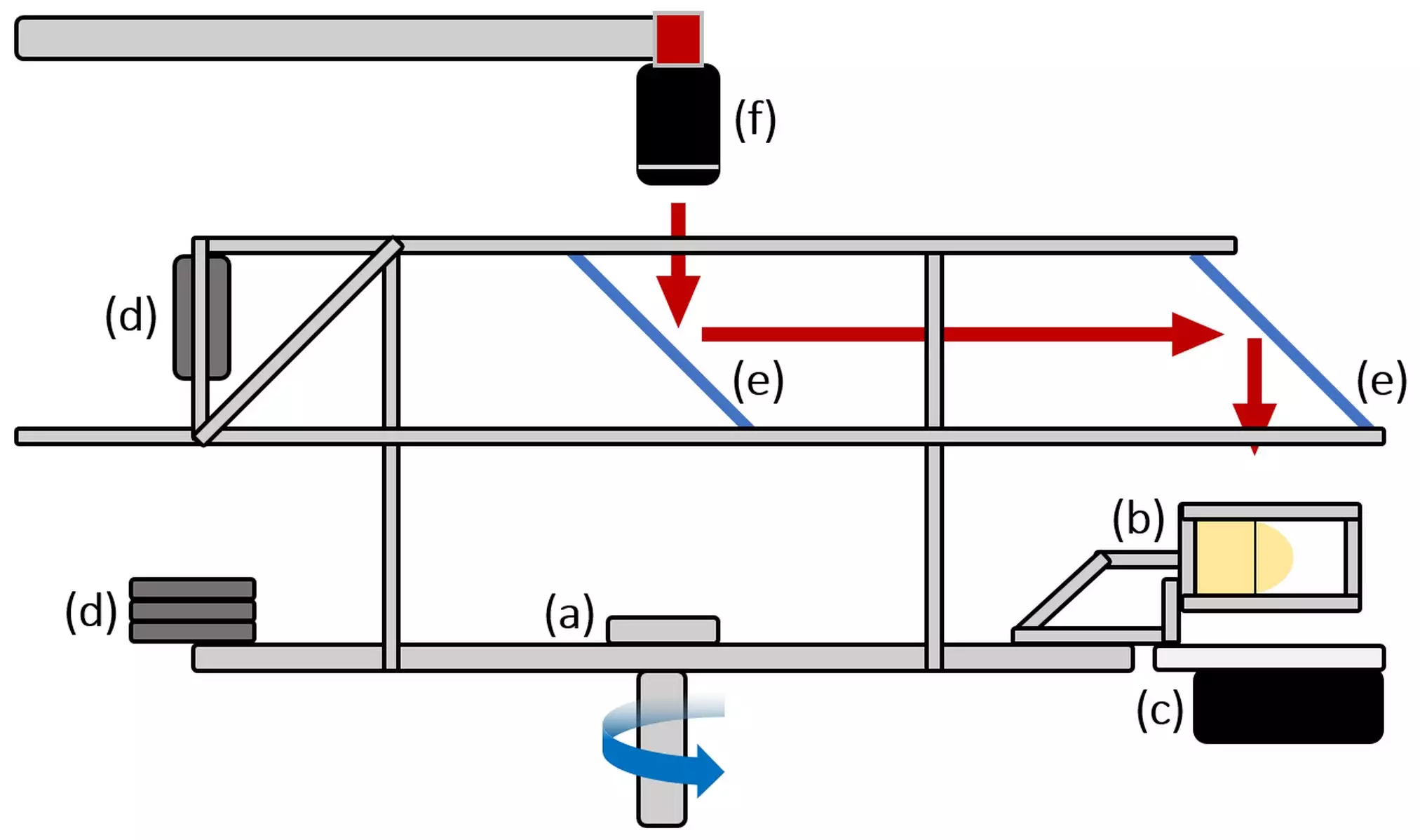Nuclear fusion is a process that holds the potential to revolutionize the world’s energy production, offering a clean and virtually limitless source of power. However, achieving controlled nuclear fusion on Earth is an incredibly complex challenge that requires simulating the extreme conditions found in the sun. Researchers, such as Arindam Banerjee and his team at Lehigh University, are exploring innovative ways to advance our understanding of nuclear fusion and overcome the obstacles associated with it. One unexpected ally in this quest is mayonnaise, which has emerged as a valuable tool in studying the physics behind nuclear fusion.
Inertial confinement fusion is a process that aims to initiate nuclear fusion reactions by rapidly compressing and heating capsules filled with fuel, typically hydrogen isotopes. These capsules are subjected to extreme temperatures and pressures, causing them to melt and form plasma, which can generate energy. However, one of the major challenges in this process is the formation of hydrodynamic instabilities in the plasma state, which can reduce the energy yield. Banerjee and his team have been investigating this issue, particularly focusing on the Rayleigh-Taylor instability.
Banerjee’s team’s groundbreaking research in 2019 involved using mayonnaise as a simulant to study the flow patterns that occur during the plasma state. By leveraging mayonnaise’s behavior as a solid that transitions to a flowing state under pressure gradients, the researchers were able to mimic the conditions of the plasma. Through their custom-built rotating wheel facility, they observed the phases that mayonnaise undergoes when subjected to stress, providing valuable insights into the transition between elastic and plastic deformation. This knowledge is crucial for predicting when instabilities may occur and how to control them effectively.
In their most recent study published in Physical Review E, Banerjee’s team, led by former graduate student Aren Boyaci, delved deeper into the material properties and perturbation geometry that influence the onset of Rayleigh-Taylor instability. By investigating the criteria for transitioning between different phases of instability, the researchers identified conditions that could delay or prevent instabilities from occurring. This research is pivotal for designing fusion capsules that remain stable under extreme conditions, thereby maximizing energy production efficiency.
While the use of mayonnaise has proven to be a valuable tool for studying plasma instabilities, there are challenges in extrapolating the findings to actual fusion capsules. The material properties of mayonnaise significantly differ from those of plasma, raising questions about the scalability and applicability of the research outcomes. Banerjee and his team have attempted to address this issue by non-dimensionalizing their data and enhancing the predictability of instabilities in high-temperature, high-pressure environments.
The unconventional use of mayonnaise in nuclear fusion research exemplifies the creativity and innovation that drive scientific discovery. By leveraging everyday substances to study complex physical phenomena, researchers like Banerjee are making significant strides towards realizing the promise of fusion energy. While there are challenges ahead, the collaborative efforts of scientists worldwide offer hope for a cleaner and more sustainable energy future.


Leave a Reply